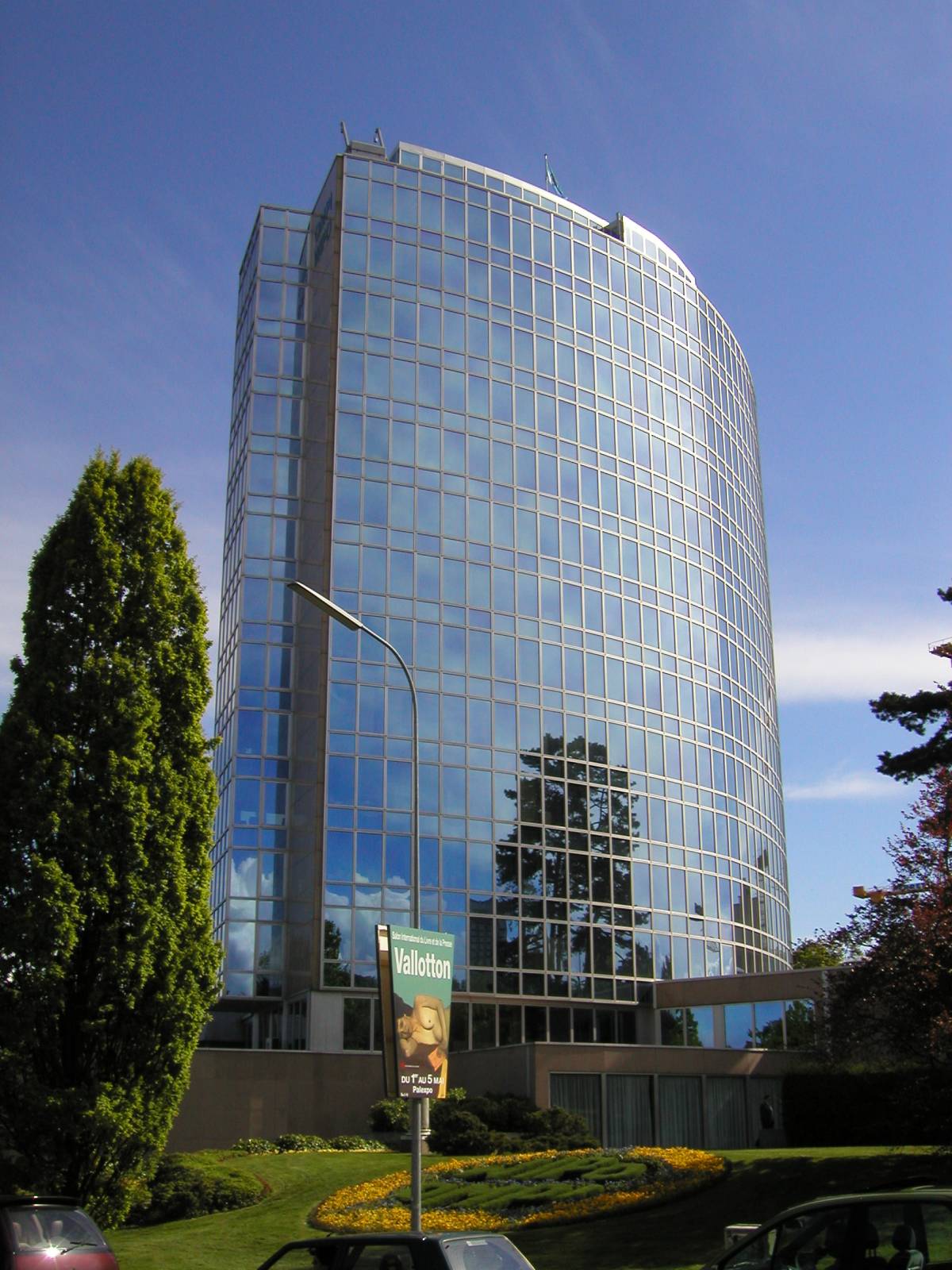- Posted July 14, 2014, 9 a.m. - 11 years ago
World Intellectual Property Organisation
The 14th July 1967 marked the formation of the World Intellectual Property Organisation (WIPO) a self-funding United Nations Agency whose headquarters are now located in Geneva. The mission of the WIPO is “to lead the development of a balanced and effective international intellectual property (IP) system”, in addition to encouraging creative activity and promoting the protection of intellectual property on a global basis. At present it has 187 Member States and offers support and advice to Governments, businesses and individuals in relation to IP.
The origins of the WIPO date back to the Paris Convention for the Protection of Industrial Property which was established 1883. With a focus on securing international protection for intellectual creations including industrial designs, trademarks and inventions at the time it consisted of 14 Member States. Following its merger in 1893 with the Berne Convention for the Protection of Literary and Artistic Works Administration which dealt with copyright, BIRPI was formed – the United International Bureaux for the Protection of Intellectual Property.
In 1960 the organisation moved to Geneva, a location it shared with the United Nations and other agencies and in 1967 following significant reform BIRPI became the WIPO.
With 26 treaties now administered by the WIPO covering IP Protection, Global Protection Systems and Classification, the WIPO’s work involves the development and coordination of a global IP infrastructure as well as being a world reference source for IP information, resolving IP disputes through arbitration and mediation. It services provide protection on a global basis covering patents, trademarks and design and its services crucially allow fast and efficient protection to be arranged covering a large number of countries with single International application filing.
The WIPO also works with member states to encourage and support IP development on economic, social and cultural levels focussing on areas such as technology transfer and continuously work together with industry, governments and intergovernmental organisations to identify and address evolving IP issues, ensuring appropriate rulings are in place whilst encouraging and supporting innovation and creativity across the globe through its workforce of over 1200 located in 116 countries.
Image Credit: http://bit.ly/1tHwCju
Latest Articles
-
Our latest testimonial for Infix 6
Dec. 19, 2016, 2:40 p.m. -
Most commonly translated Turkish words
Feb. 6, 2015, 9 a.m. -
Merry Christmas & A Happy New Year
Dec. 25, 2016, 8 a.m. -
New Save PDF to SVG feature introduced to Spire.Office
Dec. 23, 2016, 11:54 a.m. -
Editing educational PDFs – a user perspective
July 21, 2014, 8:03 a.m.


